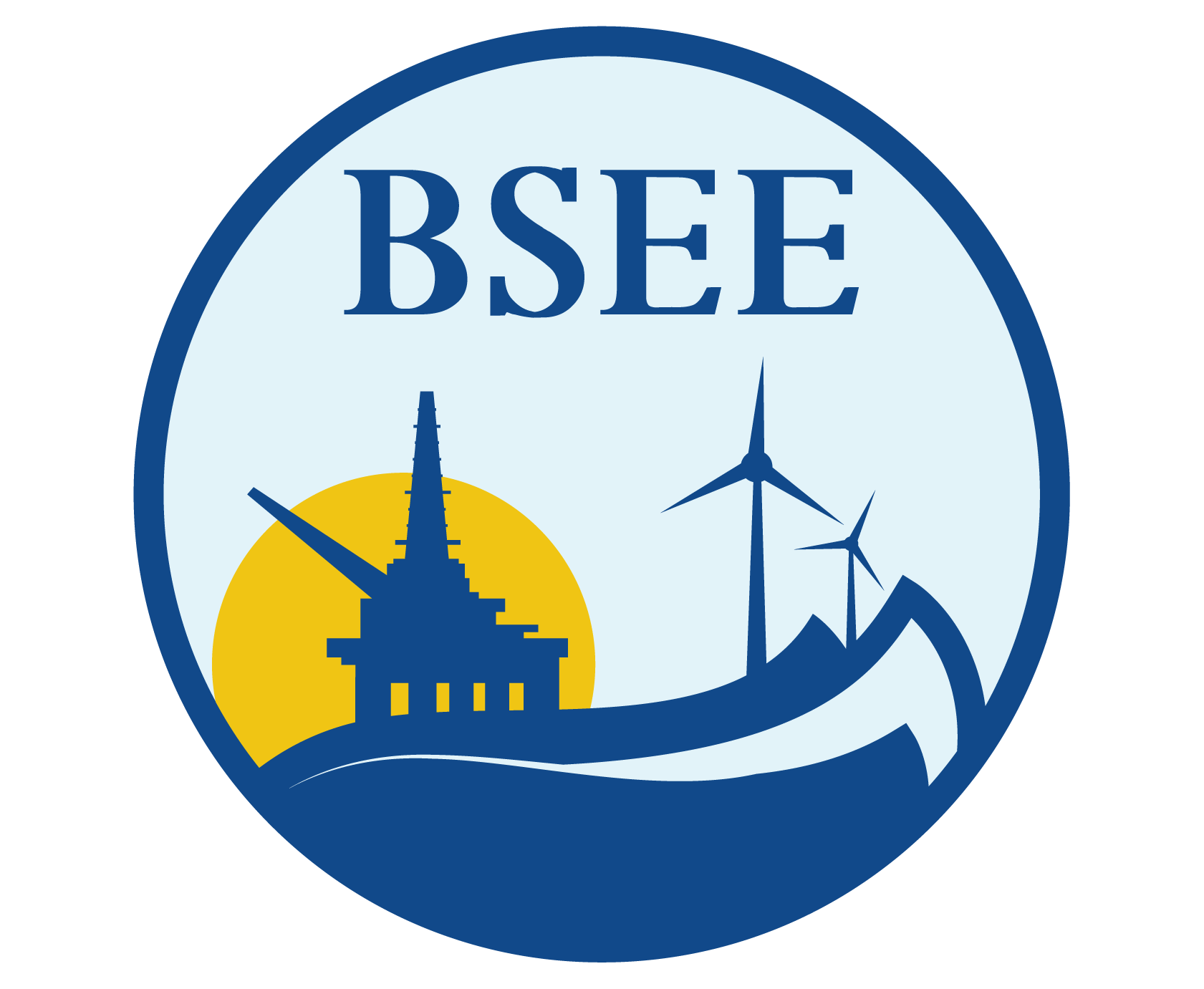Low Emission Combustor System for Emulsified Crude Oil
The objective of this final phase of research is to transition the Technology Readiness Level of a low-emission, low-pressure atomization and combustor system for emulsified crude oil from 4 to 8 by developing and refining the performance of a half-scale or full-scale flow blurring atomizer spray burner so that the system design can be transferred to a manufacturer.
